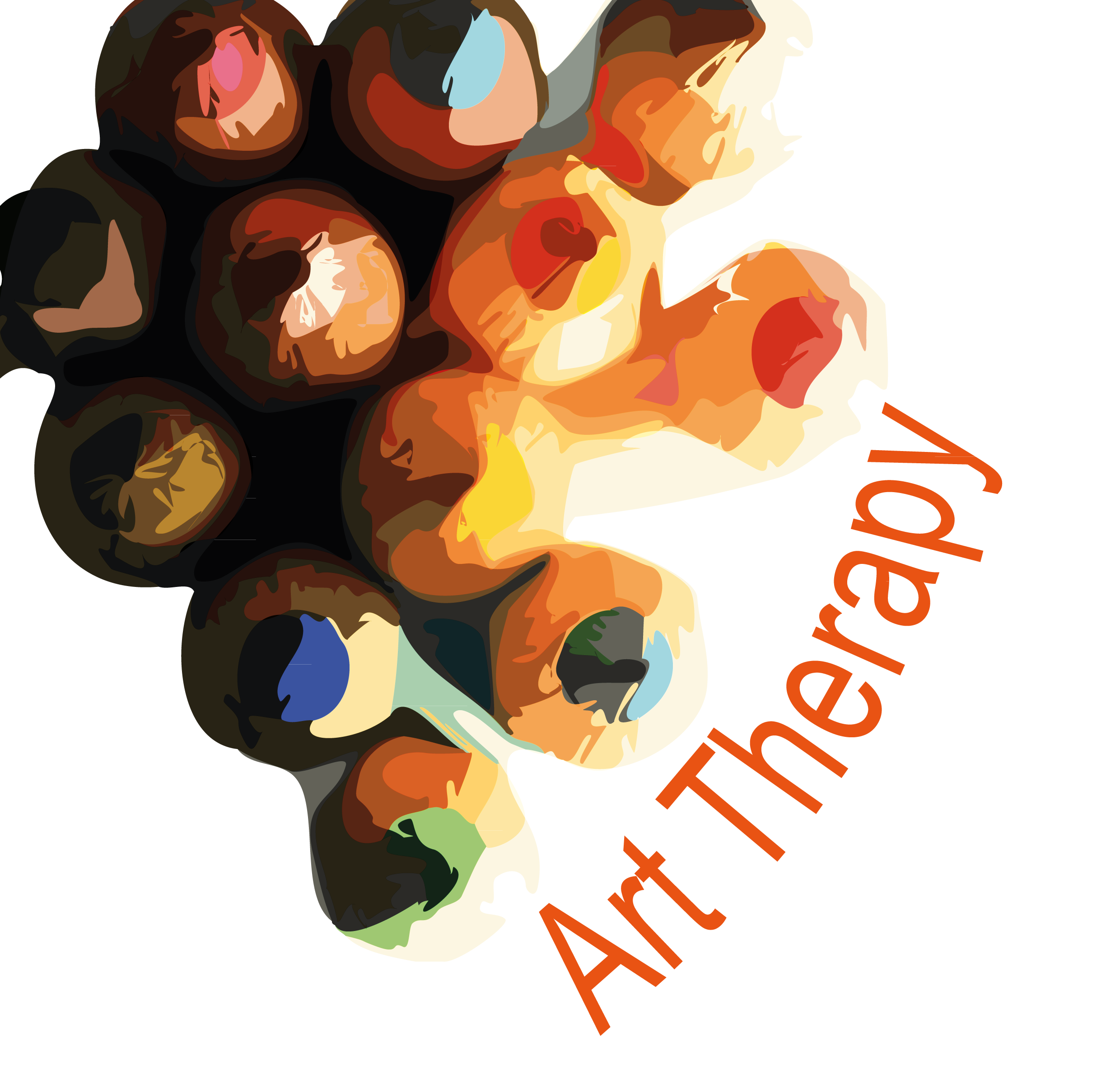The two institutions will be working together to explore the therapeutic effects of artwork
What happens when two massive institutions in Montreal collaborate in order to develop the field of art research?

The outcome is a lot of new academic opportunities for Concordia students interested in art and art therapy, as well as new exciting activities at the Montreal Museum of Fine Arts that will be open to the public.
Concordia has a history of working on various projects with the MMFA, but this new collaboration takes their relationship a step further. “We wanted a broader and more sustainable partnership with Concordia so that the projects would be developed in a vision to be sustained through the years,” said Jean-Luc Murray, the director of the department of education at the MMFA.
The museum approached Concordia two years ago to develop their new Michal and Renata Hornstein Pavilion for Peace that will open in November 2016 on Sherbrooke St. West, becoming the largest educational complex within a museum in North America. The pavilion will feature the Michel de la Chenelière International Atelier for Education and Art Therapy, which, according to the MMFA’s website, will “welcome [their] community and school clienteles, as well as families, with specific areas for digital mediation. It will feature a cafeteria serving healthy meals, a family lounge, galleries, a safe school bus drop-off area, plus 12 studios.”
The atelier was named after Michel de la Chenelière, who is a major contributor to the MMFA’s education programs. Originally from Normandy, he arrived in Quebec in the late ‘60s and started his own educational publishing company. Years later, he decided to sell Chenelière Education and became interested in working with the MMFA. As he said during an interview with La Presse on Nov. 22, he is “convinced that one day psychiatrists will be prescribing visits to the museum.”
The partnership between Concordia and the MMFA is built on the idea that a 21st century museum must go beyond simply hosting artworks. It must now also be concerned with the positive effects that art can have on people, whether they suffer from an illness or not.
Art therapy is a field that is still quite new. The first art therapist to use the term was Adrian Hill who, after suffering from tuberculosis in the late ‘30s, decided to study how making art helped him on his way to recovery. As defined by the Canadian Art Therapy Association, “art therapy combines the creative process and psychotherapy, facilitating self-exploration and understanding. Using imagery, colour and shape as part of this creative therapeutic process, thoughts and feelings can be expressed that would otherwise be difficult to articulate.”
It is no surprise that the MMFA decided to get involved with Concordia, which is the only university in Canada to offer a complete art therapy master’s level professional training program.
As part of the projects to come, Professor Richard Lachapelle, from the Department of Art Education, is working on an 18-credit program that offers students a Graduate Certificate in Art Museum Education and Mediation. This will provide an opportunity for students to learn within the museum’s setting. “It should be a great experience, because we feel like nowadays, students who graduate from programs such as museology or art education are trained more for the museums of the ‘80s and ‘90s rather than the museum of the 21st century, so we decided to get involved,” said Murray.
Another project, currently being developed by art education associate professor Kathleen Vaughan, will allow students to create sound installations based on artworks that are part of the museum’s permanent collection. “The old conception that artworks have a single meaning is no longer considered to be relevant. Each person that comes into an institution or comes in a context with a work of art will have a slightly different experience and reading of the work,” said Anne Whitelaw, a professor from the department of art history. This project will allow the artworks to connect to the different issues and events that are currently unfolding in the world.
In the past, the MMFA has worked with other institutions that were interested in art therapy, such as the Douglas Institute and Sainte-Justine Hospital. However, Concordia is a key player in the development of this field because the university brings its expertise into the researching process. Therefore, with Concordia as a strong resource, the MMFA will be able to design several workshops to aid people suffering from depression, autism, eating disorders, Alzheimer’s and more.
One of the most challenging projects will be working with patients from the Montreal Cardiology Institute who suffer from rhythmic heart problems, which will require a lot of supervision. “[It’s] nerve wracking yet exciting, because we haven’t done that before,” said Murray.
The MMFA also announced the opening of a space designed by Concordia researchers called an Art Hive, which will be available to anyone looking for a place to create. The public will be invited to participate regardless of their financial status and the museum will provide all available materials as well as knowledge from their past experience in the production of artwork. Professionals such as art therapists and art educators will be supervising the activities and providing input.
With a total of eight exciting projects currently being designed and more to come in the next few years, we can expect the partnership between Concordia and the MMFA to contribute to the well-being of Montreal citizens and the further development of the art therapy field.



